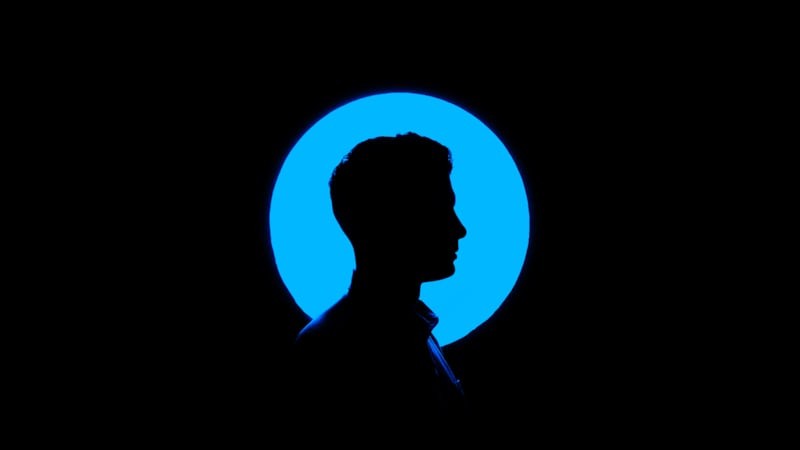Tracing in art is often a controversial topic, sparking debate among artists and enthusiasts. Does it hinder artistic development or is it a valuable tool? This article delves into the question: Does Tracing Help You Learn To Draw? We’ll explore the benefits and drawbacks, examining how tracing can be used effectively to enhance your artistic skills.
When Tracing is a No-Go
There are limited scenarios where tracing is genuinely discouraged:
- Competitions with “No Tracing” Rules: This is self-explanatory; violating explicit rules disqualifies your entry.
- Solely Relying on Tracing for Freehand Improvement: While tracing can be a helpful tool, relying on it exclusively won’t develop the muscle memory and hand-eye coordination needed for freehand drawing.
The Unexpected Benefits of Tracing
Contrary to popular belief, many professional artists utilize tracing or tools like lightboxes and projectors. Why? Because it allows for:
- Accuracy and Efficiency: Tracing ensures precise lines and proportions, crucial for realistic portrayals and complex compositions. This efficiency frees up artists to focus on other aspects like color, texture, and overall expression.
- Enhanced Observation Skills: The act of meticulously tracing requires close attention to detail, training your eye to see nuances in shapes, forms, and relationships within the subject matter. This improved observation directly translates to better freehand drawing.
Tracing as a Learning Tool
Tracing can be a stepping stone to freehand proficiency. Here’s how:
- Partial Tracing: Trace key elements or complex sections, then complete the drawing freehand. This builds confidence and allows you to focus on specific areas needing improvement.
- Understanding Underlying Structure: Tracing helps you internalize the underlying structure of objects and figures. By repeatedly tracing, you develop a deeper understanding of form and proportion, informing your freehand work.
Personal Experience: Tracing and the Path to Pastel
After a long hiatus from art, I rediscovered my passion through soft pastels. Time constraints led me to embrace tracing, allowing me to focus on mastering the new medium. While my drawing skills might have plateaued, tracing enabled a fulfilling artistic journey and a new career path. This highlights how tracing can facilitate exploration and growth in different artistic domains.
Beyond Tracing: The Grid Method
The grid method, similar to tracing, enhances accuracy. By overlaying a grid on both the reference image and your drawing surface, you can break down complex shapes into smaller, manageable squares, improving proportions and overall accuracy. Gradually increasing grid size challenges you to rely less on the grid and more on your developing skills.
Tracing: Skill and Nuance
Even tracing requires practice. Accurate tracing involves understanding the underlying forms and translating them onto paper. Quality reference photos are crucial, as poor images obscure details and hinder accurate interpretation.
Is Tracing Cheating?
Ultimately, tracing is a tool. Like any tool, its purpose depends on the user. Outside of specific “no tracing” rules, it’s not inherently cheating. A finished artwork encompasses far more than just the initial line drawing; it’s about composition, color, value, and the artist’s unique expression.
Conclusion
Tracing can be a valuable asset for artists of all levels. It’s not a shortcut to mastery but a tool that can facilitate learning, improve observation skills, and enhance accuracy. By understanding its potential and using it strategically, tracing can contribute to your artistic growth and unlock new creative possibilities. Does tracing help you learn to draw? The answer, more often than not, is a resounding yes.
